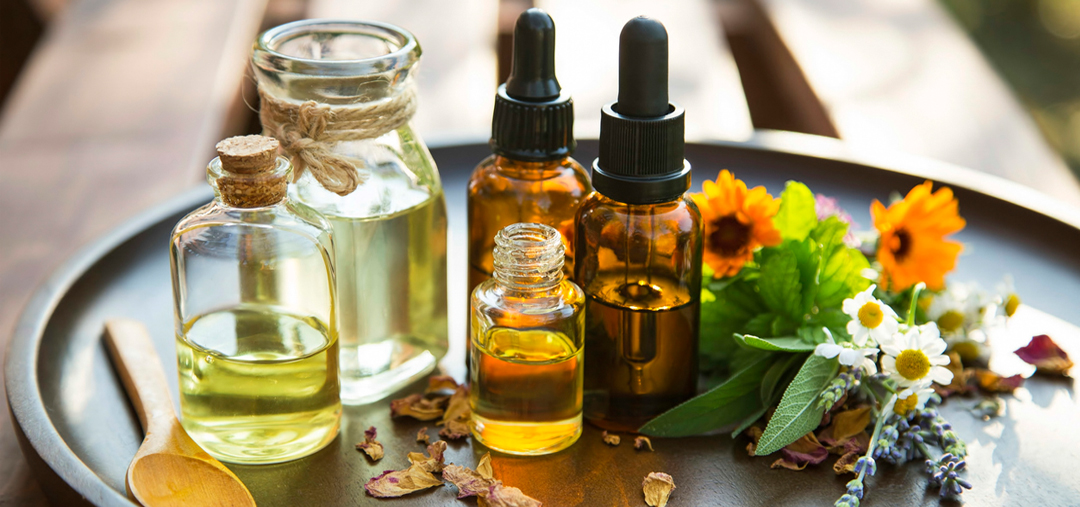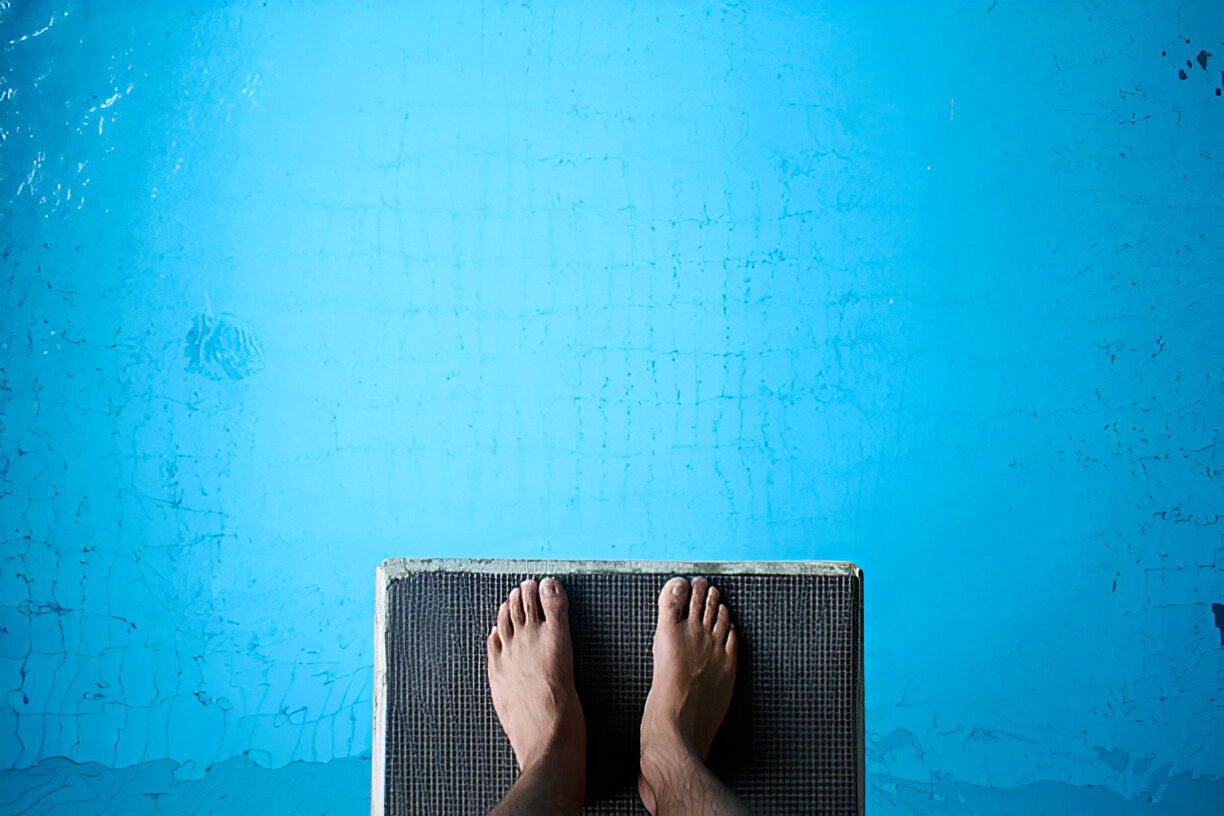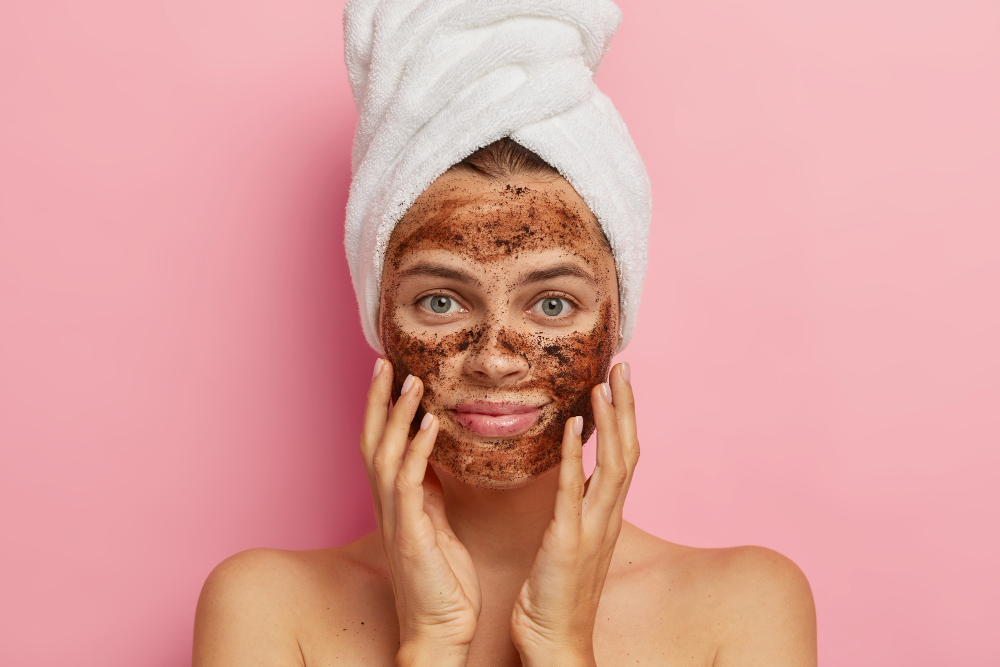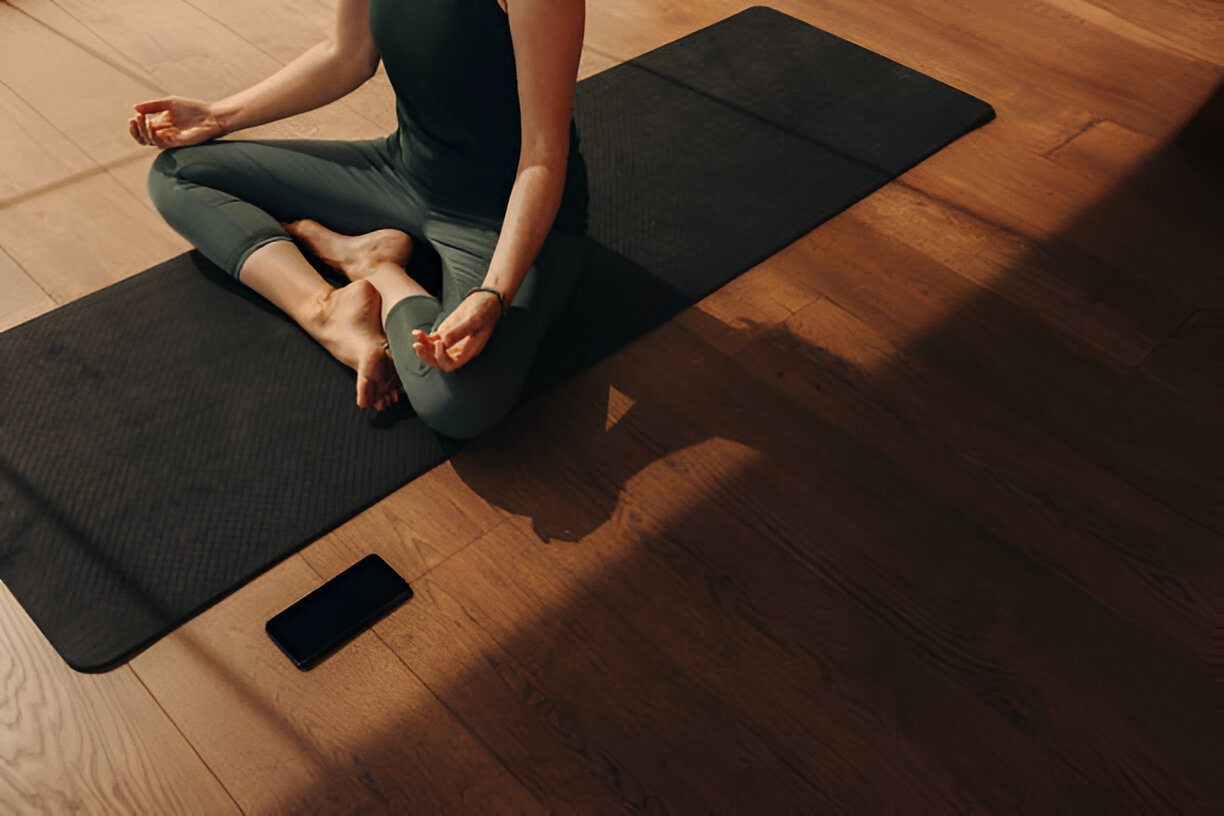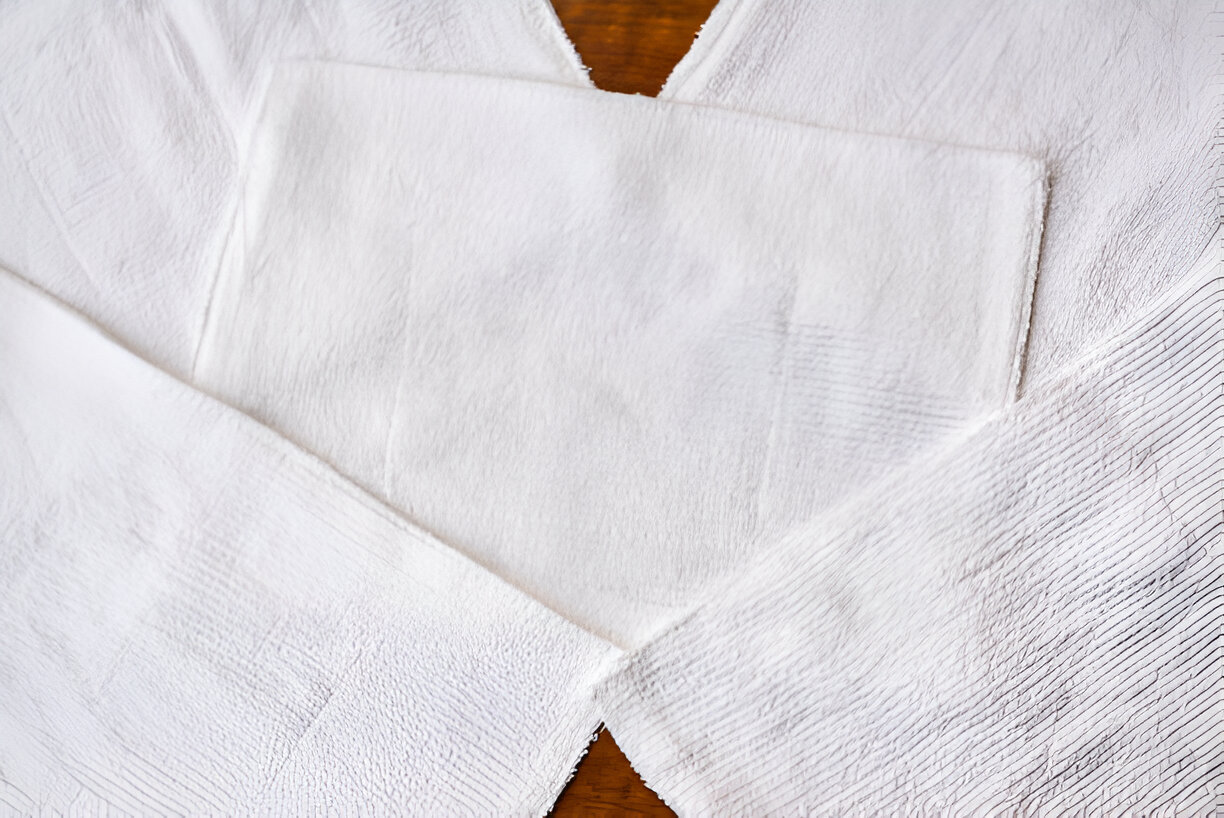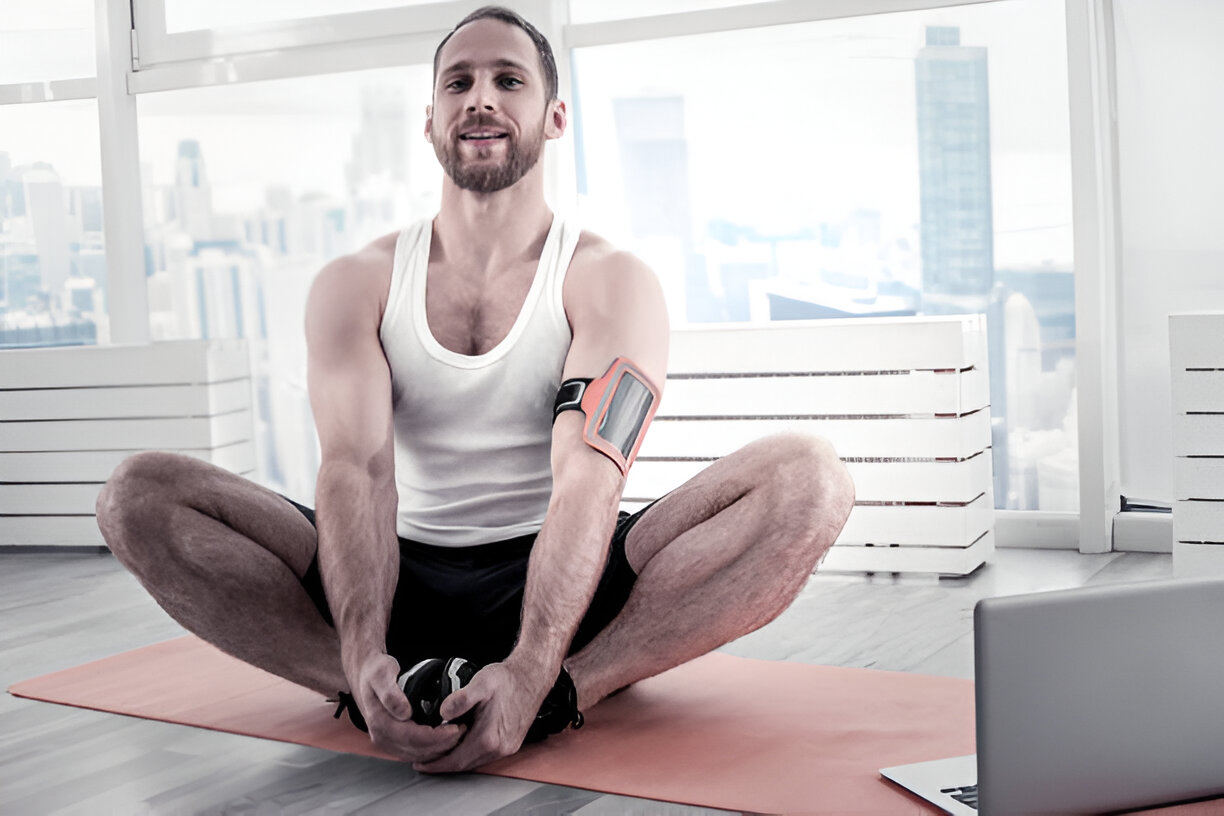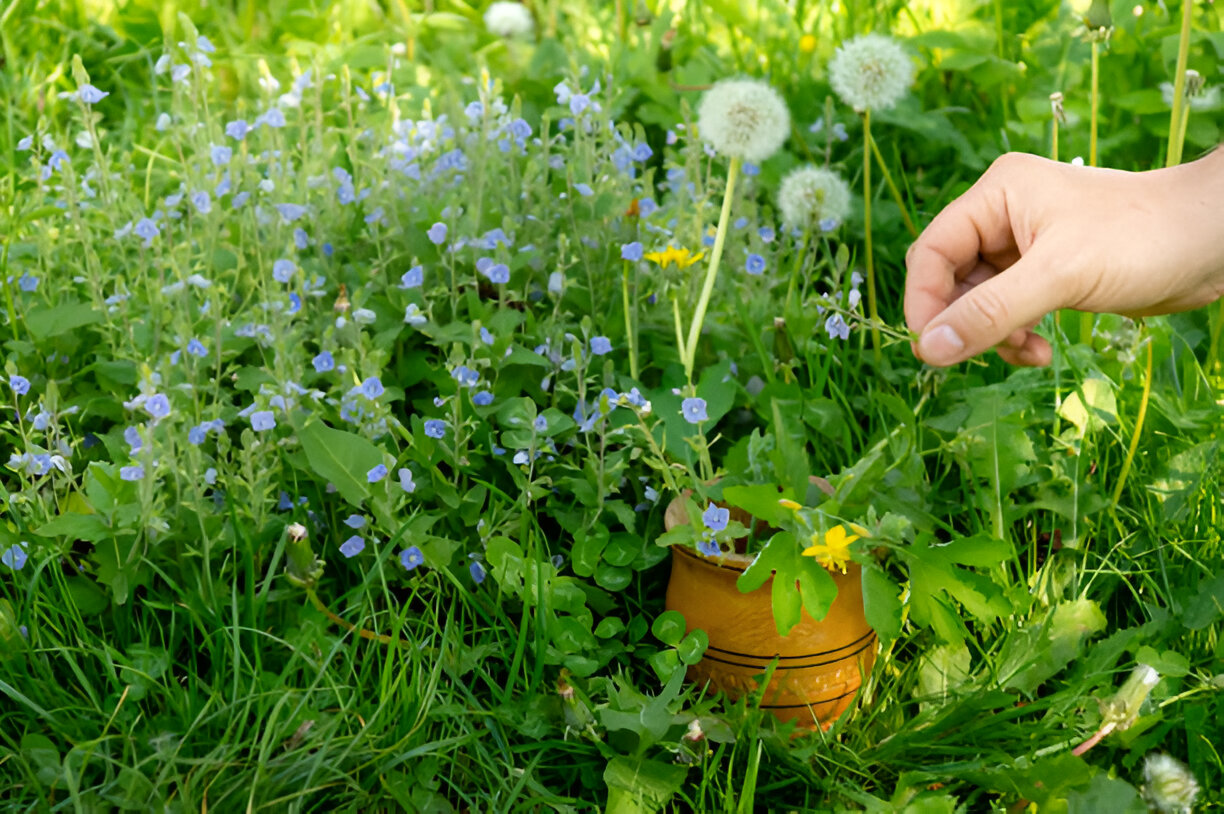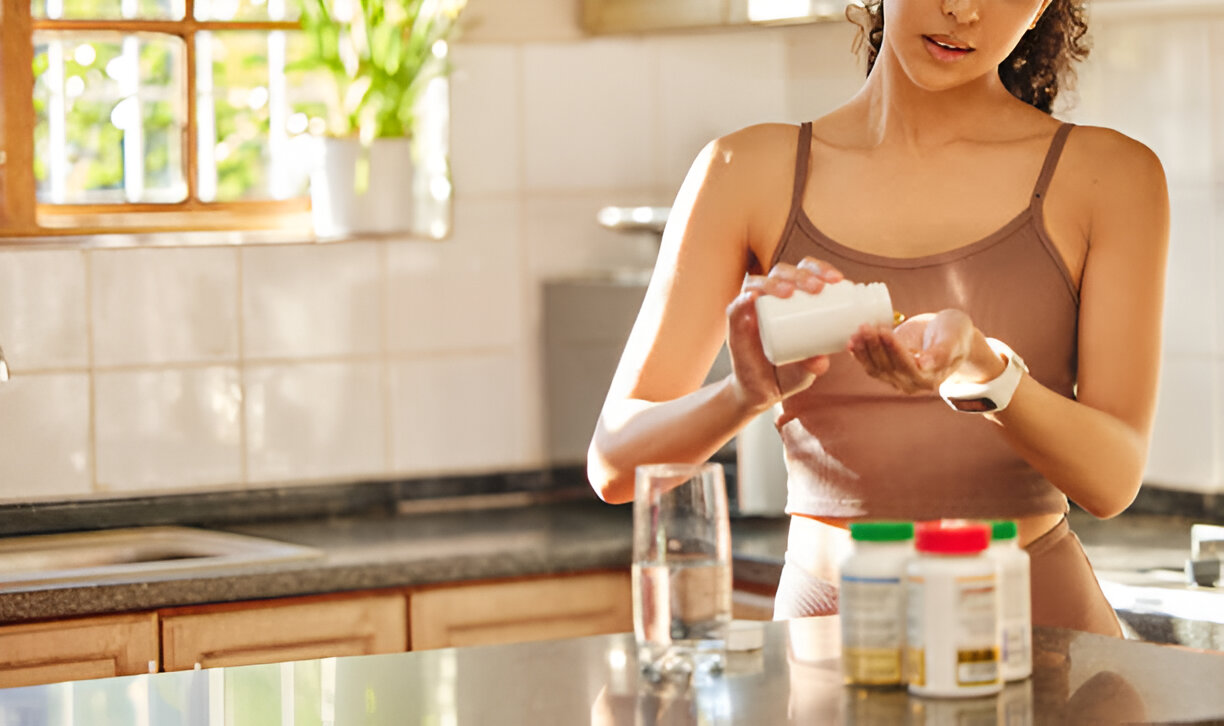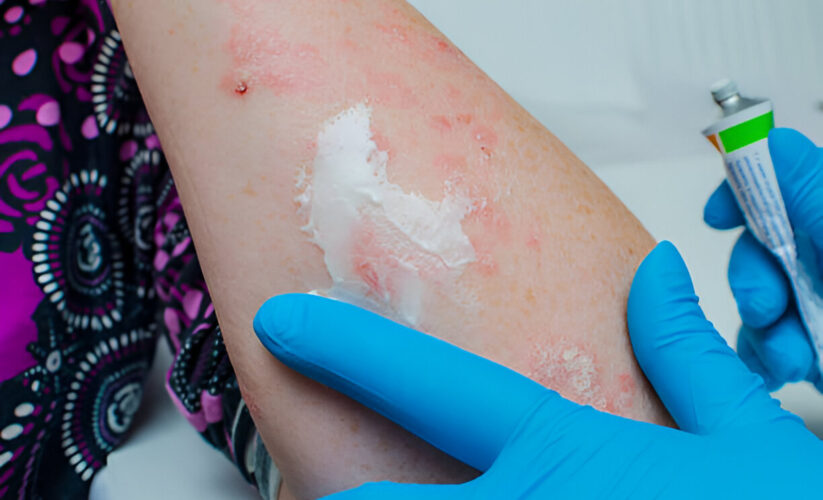

They’re the life souvenirs you never wanted: pesky splotches that appear on your nose, cheeks, forehead, eyelids, and decolletage. Known as hyperpigmentation, this common condition is usually the result of sun damage (a big culprit) and hormonal fluctuations.
Discoloration often first appears in your late twenties, but those frecklish little pools of pigment probably started in childhood.
“People think of these as ‘age spots,’ but they’re a product of chronic internal and external inflammation,” says holistic dermatologist Julia Tatum Hunter, M.D. “When melanocytes, the cells that protect skin’s deepest layer, are repeatedly stressed, they cluster together over time to form a dark blotch.”
But there are ways to break free from concealer and minimize the spots you already have — and prevent new ones. Here are a few strategies to even things out.
Treat Topically
Regular, gentle exfoliation is one low-impact treatment method. Lightening creams, which use bleaching agents, are more assertive, often reducing splotches within a few weeks of use.
The most common bleaching agent, hydroquinone, is available in both synthetic and plant-derived forms. Some research raises questions about its safety, so stick with over-the-counter products that contain relatively modest concentrations (by law, no higher than 2 percent), advises Ronald Moy, M.D., a professor at UCLA’s School of Medicine.
Even better, choose plant-derived hydroquinone, Hunter says. Holistic aesthetician Tammy Fender’s lightening system uses the herbs Indian amla and uva ursi, an evergreen shrub also known as bearberry, as natural sources of hydroquinone. Arbutin, another form of natural hydroquinone extracted from bearberry, is found in
Kiss My Face’s Brightening Day Creme
.
Other plant-based lighteners can help, too. Look for products that combine an exfoliant (such as lactic acid) with pigment suppressors such as mulberry root extract (in
Aveda’s Enbrightenment Brightening Masque
); licorice root (in
Murad’s Age Spot and Pigment Lightening Gel
); azelaic acid, found in wheat, barley, and rye; or kojic acid.
Go Pro
For permanent removal, discuss these options with your dermatologist:
Microdermabrasion
A nozzle shoots fine particles of aluminum oxide and calcium oxide crystals, removing the skin’s top layer. (It’s not for sensitive types.) You’ll usually see improvement after a few sessions.
Intense Pulsed Light Therapy
In this “photo facial,” high-intensity pulses of light detect and target discolorations and break up melanin clusters. The spots darken first, then slough off in a matter of weeks.
Play Defense
“Prevention is so important to treat underlying causes,” Hunter says. Neutralize inflammation from within by upping your antioxidant intake: Hunter recommends vitamin C and alpha lipoic acid supplements, along with a diet rich in leafy, dark-green vegetables.
Also, cut back on sugar. If you suddenly see lots of new spots, have your hormone, thyroid, and blood sugar levels, and adrenal gland function checked — imbalances may spur discolorations, Hunter says.
Finally, since sun is the biggest external cause of hyperpigmentation, remember to wear a sunblock with zinc oxide or titanium dioxide. Those with darker skin aren’t exempt, says dermatologist Ranella Hirsch, M.D. They’re actually more susceptible to discoloration following trauma such as acne or sunburn.






